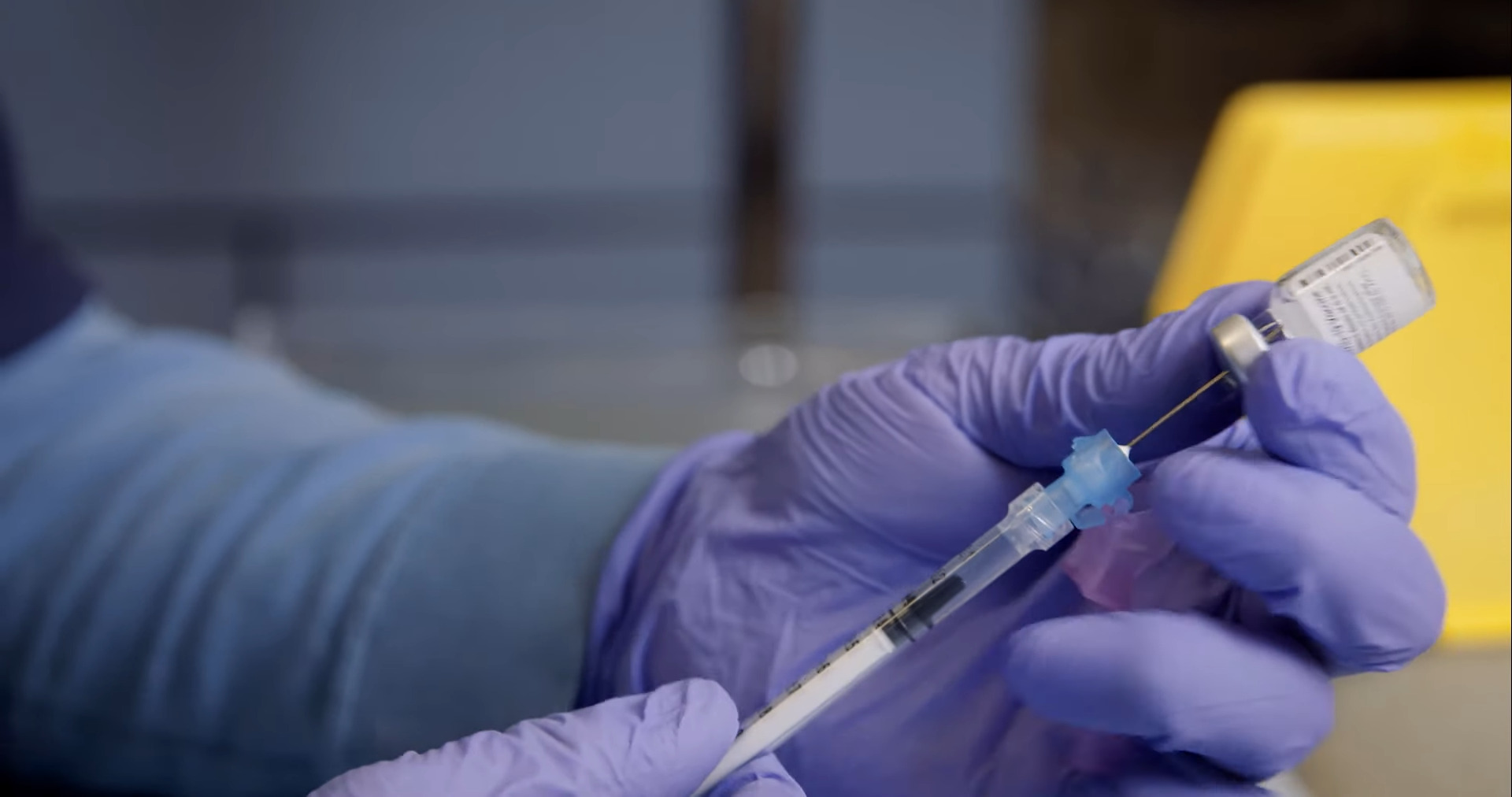Two years ago, the U.S. was caught in a frenzy of Covid panic during Thanksgiving week. It was like the whole nation had collectively gasped as the Omicron variant emerged, almost like a creature from the Black Lagoon. The air was thick with uncertainty, and public-health officials were urging us to gear up for yet another updated booster shot.
Amidst the chaos, Pfizer took center stage in this pandemic drama. Share prices shot up like fireworks on the Fourth of July. It was like a rollercoaster ride, but instead of screaming in fear, investors were cheering as Pfizer’s stock-market value soared past a mind-boggling $300 billion by the end of the month. That was a jaw-dropping 50% increase from the start of the whole pandemic saga.
Not to be outdone, Moderna joined the party, with its shares skyrocketing by over 1,000% during the same period. If you had invested early, you were probably doing a happy dance, and if not, you were most likely staring at your investment app with a mix of awe and regret.
But the real showstopper came in 2022 when Pfizer, the pharmaceutical giant, achieved a historic milestone. Drumroll, please! They became the first pharmaceutical company ever to rake in more than $100 billion in annual sales. It was like hitting the jackpot in the world’s largest economic casino. And what was the secret to this financial triumph? Government purchases of Pfizer’s vaccines and their groundbreaking antiviral pill.
It’s not every day that a company reaches such stratospheric heights, but Pfizer did it against the backdrop of a global crisis. It’s almost like they were the unsung heroes of the pandemic, battling the virus not just with science but also with a knack for business that made Wall Street raise an eyebrow in admiration.
The Pfizer Phenomenon:
A Stock Market Symphony
Imagine a stock market as a concert hall, and Pfizer as the orchestra playing a symphony of financial success. The Covid vaccine windfall turned into a crescendo of profits for Pfizer. Investors were like enthusiastic audience members, clapping and cheering as share prices danced to the rhythm of the pandemic beat.
When the Omicron variant made its debut, Pfizer’s shares didn’t just rise; they performed a financial pirouette. It was like watching a magician pull a rabbit out of a hat, but instead of a cute bunny, it was a surge in stock prices that left everyone wide-eyed.
And it wasn’t just Pfizer stealing the spotlight. Moderna, the underdog, had its own solo, soaring to heights unimaginable just a couple of years earlier. The pandemic, it seemed, had transformed these pharmaceutical companies into the rock stars of the business world, complete with adoring fans in the form of investors.
Pfizer’s Billion-Dollar Dance:
From Panic to Prosperity
The narrative of Pfizer’s journey from panic to prosperity reads like a Hollywood blockbuster. It’s the story of how a pharmaceutical giant faced a global crisis head-on, armed with science, innovation, and a dash of business savvy.
As the world grappled with uncertainty, Pfizer stepped up, delivering not only vaccines that became a lifeline but also an antiviral pill that turned the tide in the battle against Covid-19. Governments worldwide were quick to place their bets on Pfizer, and it paid off — literally.
The $100 billion milestone wasn’t just a number; it was a testament to the resilience of a company that had navigated the turbulent waters of a pandemic. Pfizer didn’t just sell vaccines; they sold hope, they sold a way out of the crisis, and investors responded by turning their hope into billions of dollars.
In the grand scheme of things, Pfizer’s journey reflects the unpredictable nature of the pandemic and the incredible adaptability of businesses in the face of adversity. From a Thanksgiving panic to a billion-dollar dance, Pfizer’s story is a reminder that even in the darkest times, there can be a silver lining – or, in this case, a golden one, worth $100 billion and more.


Leave a Reply